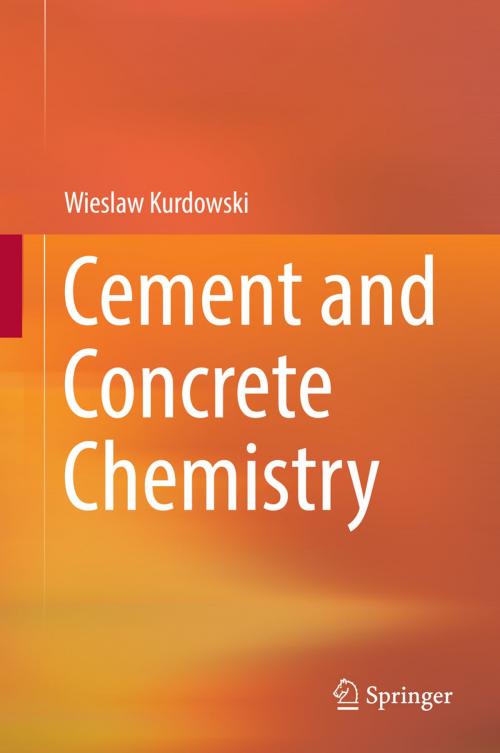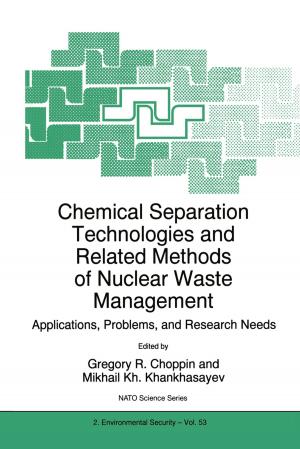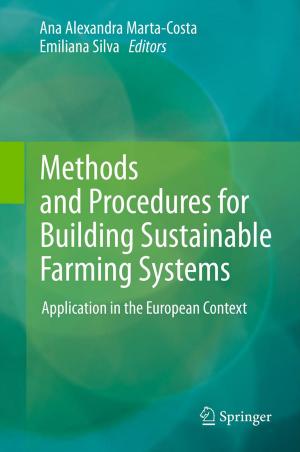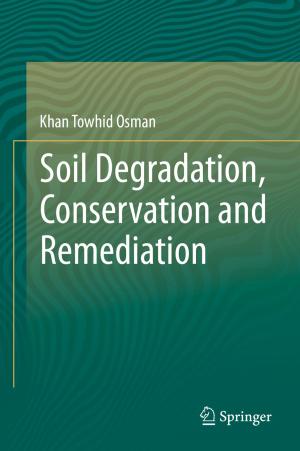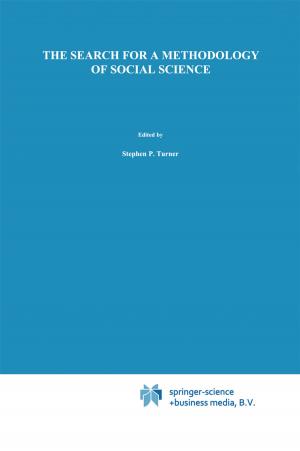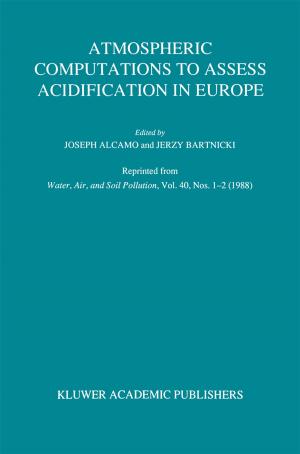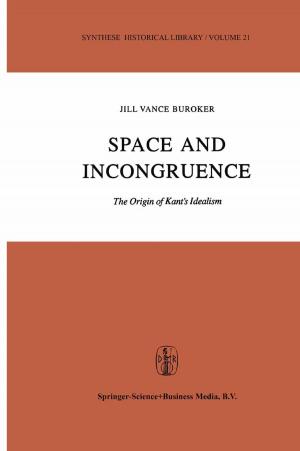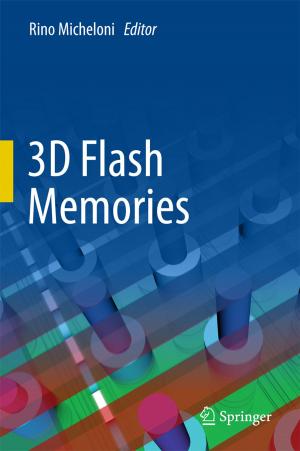Cement and Concrete Chemistry
Nonfiction, Science & Nature, Science, Chemistry, Technical & Industrial, Technology, Material Science| Author: | Wieslaw Kurdowski | ISBN: | 9789400779457 |
| Publisher: | Springer Netherlands | Publication: | April 24, 2014 |
| Imprint: | Springer | Language: | English |
| Author: | Wieslaw Kurdowski |
| ISBN: | 9789400779457 |
| Publisher: | Springer Netherlands |
| Publication: | April 24, 2014 |
| Imprint: | Springer |
| Language: | English |
This monograph describes cement clinker formation. It covers multicomponent systems, clinker phase structures and their reactions with water, hydrate composition and structure, as well as their physical properties. The mineral additions to cement are described as are their influence on cement-paste properties. Special cements are also discussed. The microstructure of concrete is then presented, and special emphasis is given to the role of the interfacial transition zone, and the corrosion processes in the light of cement-phase composition, mineral additions and w/c ratio. The admixtures' role in modern concrete technology is described with an emphasis on superplasticizer chemistry and its cement-paste rheological modification mechanism. Cement with atypical properties, such as calcium aluminate, white, low energy and expansive cements are characterized. The last part of the book is devoted to special types of concrete such as self compacting and to reactive powders.
This monograph describes cement clinker formation. It covers multicomponent systems, clinker phase structures and their reactions with water, hydrate composition and structure, as well as their physical properties. The mineral additions to cement are described as are their influence on cement-paste properties. Special cements are also discussed. The microstructure of concrete is then presented, and special emphasis is given to the role of the interfacial transition zone, and the corrosion processes in the light of cement-phase composition, mineral additions and w/c ratio. The admixtures' role in modern concrete technology is described with an emphasis on superplasticizer chemistry and its cement-paste rheological modification mechanism. Cement with atypical properties, such as calcium aluminate, white, low energy and expansive cements are characterized. The last part of the book is devoted to special types of concrete such as self compacting and to reactive powders.
